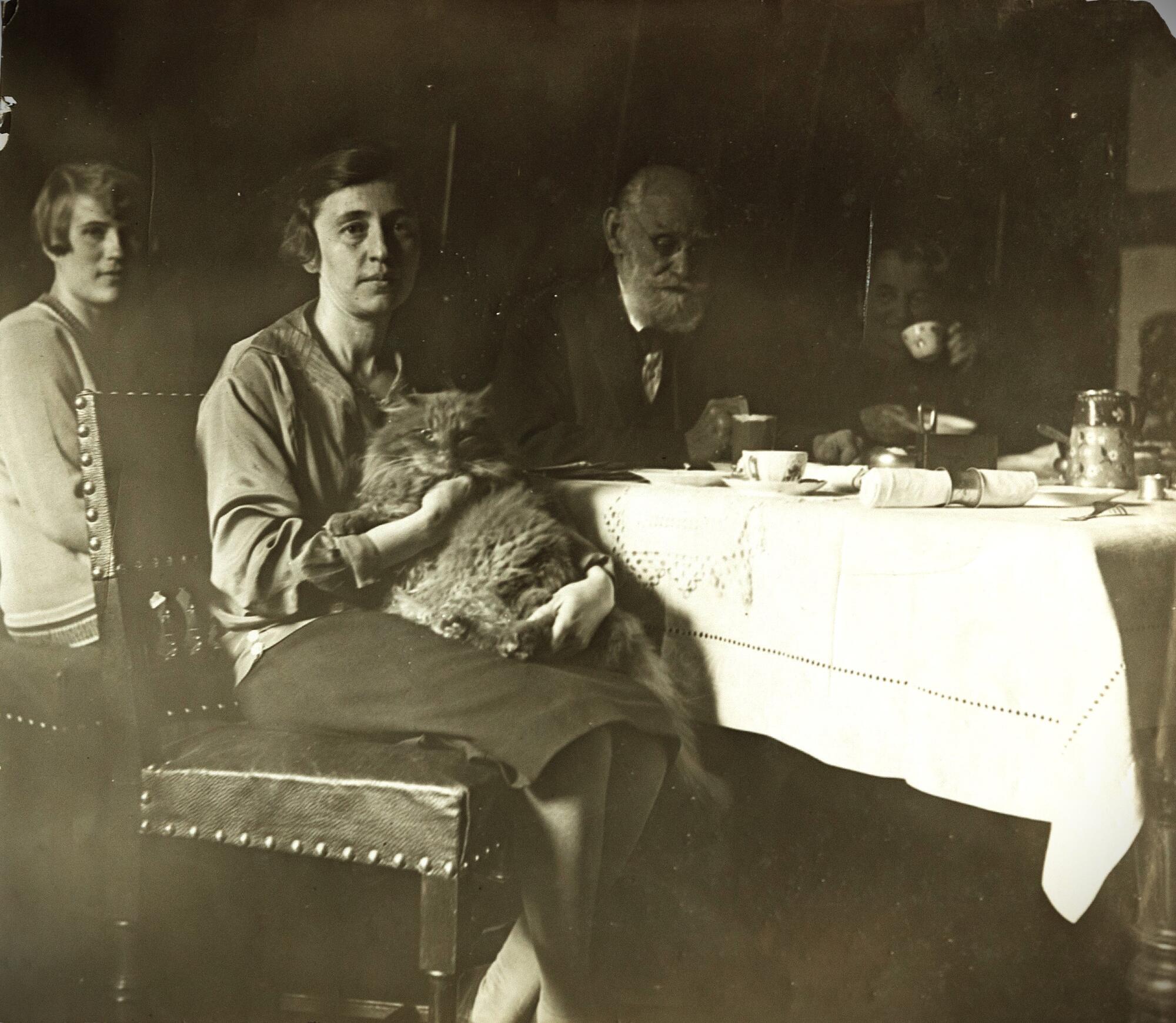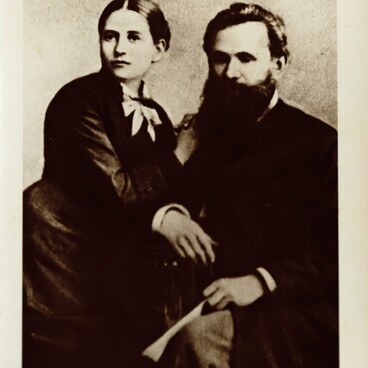The academician Pavlov was the first to scientifically explain the order of dishes that was historically established in Russian cuisine. Lunch begins with a snack — a salad, a vinaigrette, a herring — which is intended to increase the appetite and help produce gastric juice. For the same purpose, in Rus they drank kvass before lunch, while the Germans preferred lightly seasoned water.
All snacks and seasonings are designed to awaken interest in food, curiosity, and appetite. Even people indifferent to food will eat with pleasure if they tease their tastebuds with something tangy and spicy first.
“Hunger is the best cook, ” says a Russian proverb. Satisfying hunger begins with eating meat and vegetable soup. A soup contains substances that stimulate the gastric glands. People who suffer from a lack of appetite can be prescribed to drink rich beef broth to produce gastric juice.
Porridges, side dishes, and different varieties and types of meat usually serve as a second course. This is the heaviest dish but, by the middle of dinner, the digestive system is ready for it. Lunch ends with something sweet, a dessert that brings great delight. A meal that begins with pleasure should end the same. Sweet food does not require any serious digestion and is only “a treat” to the gustatory apparatus. From the point of view of human physiology, taking food in this order is completely logical and natural.



